Filter News
Area of Research
- (-) Materials (39)
- (-) Supercomputing (20)
- Advanced Manufacturing (3)
- Biological Systems (3)
- Biology and Soft Matter (1)
- Building Technologies (2)
- Chemical and Engineering Materials (2)
- Chemistry and Physics at Interfaces (6)
- Clean Energy (41)
- Computational Chemistry (1)
- Energy Frontier Research Centers (7)
- Functional Materials for Energy (6)
- Fusion Energy (1)
- Geographic Information Science and Technology (2)
- Isotope Development and Production (1)
- Materials Synthesis from Atoms to Systems (5)
- Materials Under Extremes (6)
- Neutron Data Analysis and Visualization (2)
- Neutron Science (10)
- Nuclear Science and Technology (6)
- Quantum Condensed Matter (2)
- Reactor Technology (1)
- Transportation Systems (2)
News Type
News Topics
Media Contacts

Steady progress in the development of advanced materials has led to modern civilization’s foundational technologies—better batteries, resilient building materials and atom-scale semiconductors. Development of the next wave of materials, however, is being slowed by the sheer co...

Harvesting oil, mitigating subsurface contamination, and sequestering carbon emissions share a common thread—they deal with multiphase flows, or situations where materials are flowing close together in different states (solids, liquids, or gases) or when the flow is comprised ...
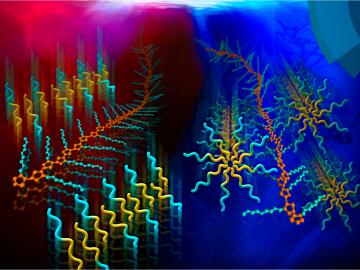
The efficiency of solar cells depends on precise engineering of polymers that assemble into films 1,000 times thinner than a human hair.
Today, formation of that polymer assembly requires solvents that can harm the environment, but scientists at the Department of En...
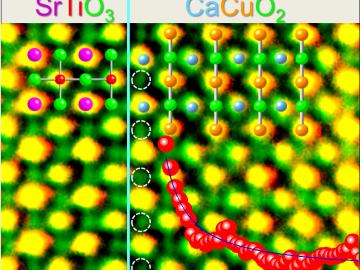
Electron microscopy at the Department of Energy’s Oak Ridge National Laboratory is pointing researchers closer to the development of ultra-thin materials that transfer electrons with no resistance at relatively high temperatures.
The study delivers direct evidence of high-tem...

Some of the 300 million tires discarded each year in the United States alone could be used in supercapacitors for vehicles and the electric grid using a technology developed at the Department of Energy’s Oak Ridge National Laboratory and Drexel University.
By em...
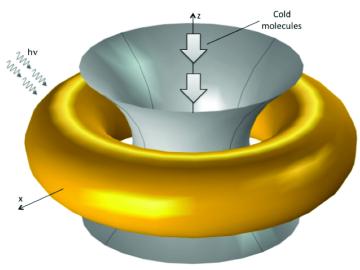
Single atoms or molecules imprisoned by laser light in a doughnut-shaped metal cage could unlock the key to advanced storage devices, computers and high-resolution instruments.
In a paper published in Physical Review A, a team composed of Ali Passian of the Depa...
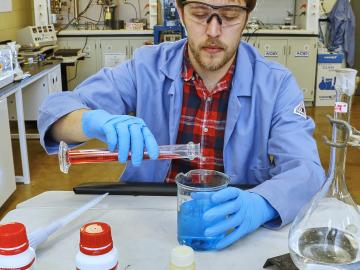
A catalyst being developed by researchers at the Department of Energy’s Oak Ridge National Laboratory could overcome one of the key obstacles still preventing automobile engines from running more cleanly and efficiently. The mixed oxide catalyst could solve the ...
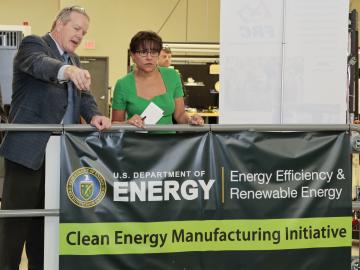
Secretary of Commerce Penny Pritzker visited the new Institute for Advanced Composites Manufacturing Innovation (IACMI) at Oak Ridge National Laboratory’s Manufacturing Demonstration Facility, praising the advances in manufacturing technology taking place in East T...
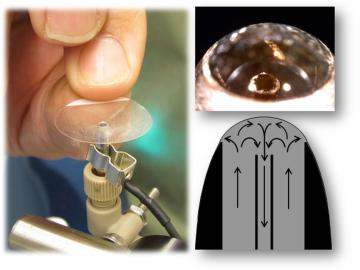
In mere seconds, a system developed at the Department of Energy’s Oak Ridge National Laboratory can identify and characterize a solid or liquid sample, providing a valuable tool with applications in material science, forensics, pharmaceuticals, biology and chemistry.

Viruses are tiny—merely millionths of a millimeter in diameter—but what they lack in size, they make up in quantity.




